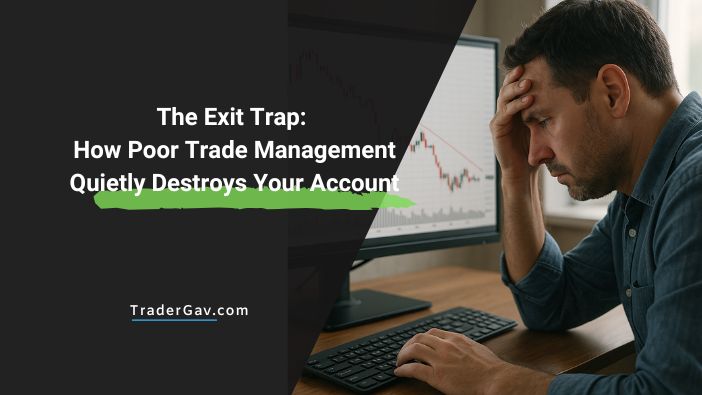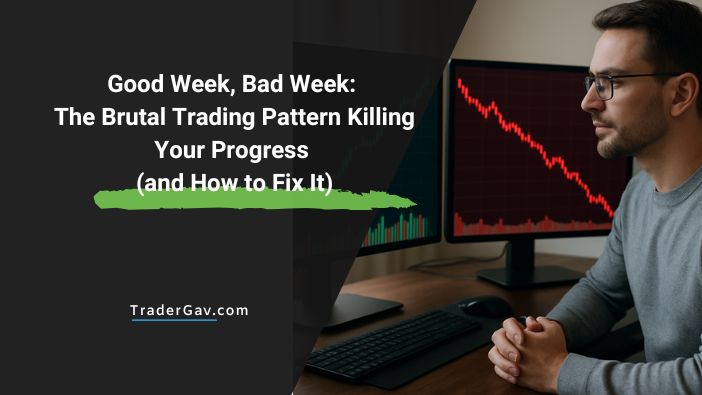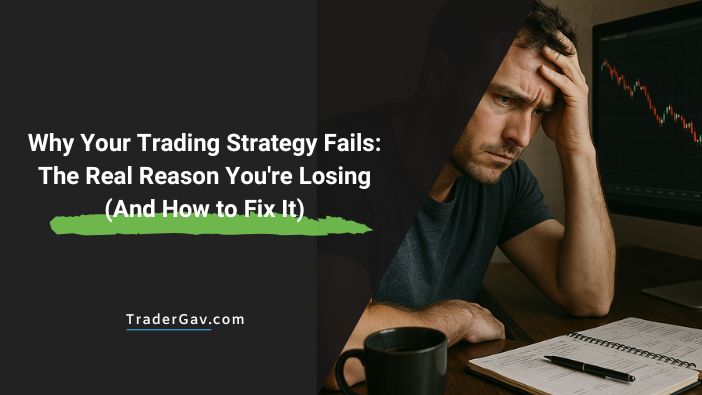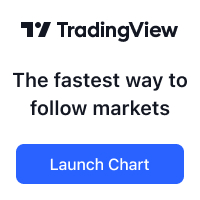I’ve been deep in the trenches lately. Refining setups, rewriting plans, backtesting like a maniac (manually with Tradingview’s market replay— no fancy automation), setting up accounts, even negotiating commissions. It’s been intense. A bit draining, to be honest. But stepping back gave me space to revisit old trading journals, flip through a few good books, […]
Blog and Rants
Trading Journal or Fantasy Log? How to Actually Use It to Get Better
Are You Journaling or Just Daydreaming? How to Actually Use a Trading Journal to Improve Let’s not kid ourselves. Most trading journals are just organized daydreams. Spreadsheets filled with screenshots. Notes like “entry was late” or “should’ve waited.”Maybe a red cell for losers.Makes you feel productive, right? But here’s the thing— If your journal isn’t […]
The Exit Trap: How Poor Trade Management Quietly Destroys Your Account
The Silent Killer: How Inconsistent Trade Management Bleeds Your Account DryReal talk from the trenches Most traders obsess over entries.New setup? Screenshot it.Clean breakout? Love it.Indicator combo? Let’s backtest it for six months. Cool. But here’s the kicker… It’s not your entries that are killing your account.It’s your exits. The wildly inconsistent ones. The Setup […]
Good Week, Bad Week: The Brutal Trading Pattern Killing Your Progress (and How to Fix It)
You know the pattern: ✅ Week 1 — You’re locked in. Patient. Picking clean setups. You finish green and think, “Finally, I’m leveling up.”❌ Week 2 — You’re trigger-happy. Chasing moves. Breaking rules you swore you wouldn’t. By Friday, you’re back where you started, or worse. Sound familiar?You’re not alone. It’s one of the most […]
Why Your Trading Strategy Fails: The Real Reason You’re Losing (And How to Fix It)
I remember sitting at my desk, coffee gone cold, charts looking like abstract art.I had the strategy. The setup. The conviction. And yet—another losing trade. You know that moment?You stare at your screen like it personally betrayed you.You think, “This system should work. What the hell’s going on?” Let me cut through the noise. It’s […]
Stop Guessing. Start Journaling: The No-BS Way to Build Your Trading Edge
It’s 3:17 PM. You just closed another loss. You stare at your chart like it personally betrayed you.“Was that a bad setup? Did I rush it? Was it just bad luck?” You shrug, chalk it up to randomness, and move on.Big mistake. Because right there, in that shrug, is the reason most traders never level […]







